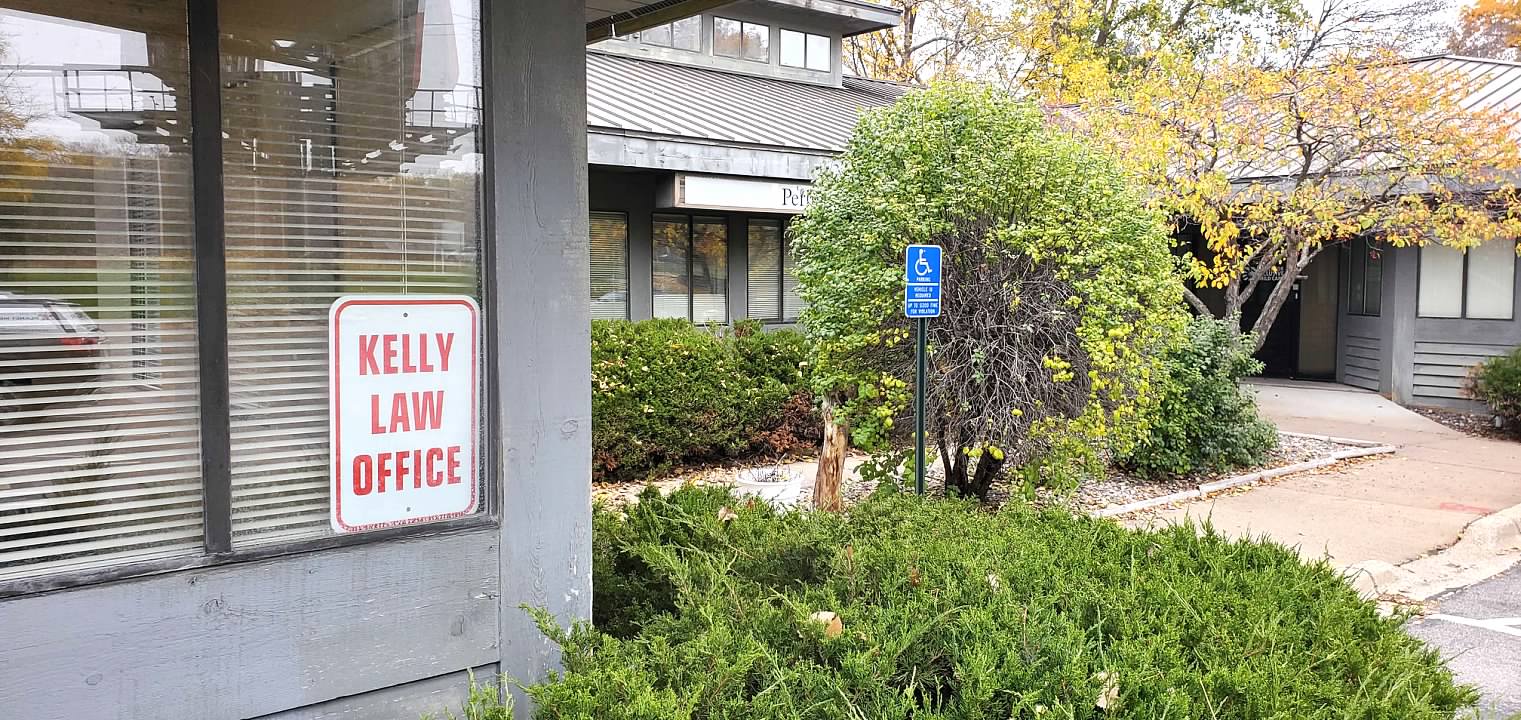By Dave Kelly, Minnesota Bankruptcy Attorney
This is the sixth in a series of posts about the top seven things I recommend you avoid if you are considering a Chapter 7 or Chapter 13 bankruptcy.
Paying extra on your mortgage or car loan might ordinarily be a prudent thing to do. You might even have been advised to do so by a financial adviser or guru. But if you are thinking about a Chapter 7 bankruptcy, or even a Chapter 13, this is probably a bad idea. You are not sure to have trouble with your case if you have been making some extra payments, but the risk that something might go wrong is probably higher because of this. In the old and clanking gears of my legal mind, I can see three ways you could have a problem with this.
The assumption that I am making in this discussion is that you have a car or a homestead which is going to be exempt in your bankruptcy case, and there has been some action by you which increases the amount of the equity in the exempt car or exempt home.
Intent to Defraud, Hinder or Delay a Creditor
I’m talking here about the provisions of 522(o) of the bankruptcy code. It has an intent element. It only applies to your homestead, not your car; and it only applies if you have put extra money into your homestead with the intent to hinder, delay or defraud a creditor. If you are only making a few small extra payments on your mortgage, I would expect it would be very difficult to prove this intent element. But if you are putting a relatively large amount into the house, either by paying the mortgage or by doing a home improvement, you need to have your lawyer screen for a possible problem with this.
To the extent that your trustee can prove that 522(o) applies to a portion of your homestead, that portion is not exempt. That portion will be an asset that the trustee in a Chapter 7 can claim for the creditors. If you can’t figure out any other way, a sale of your home might be required to make this equity available.
Examples I see in the case law include using money from the sale of stock and using money form a large tax refund. Of the various reasons I can see that you might run into trouble for making an extra payment on your mortgage, this is the least likely one on the list. Still I am concerned about the possibility – it’s my job to be concerned.
Fraudulent Transfer – Effort to Hide Assets from Creditors
This is a more likely source of trouble. If you have money or another asset which you take and use to make an extra payment on your mortgage or car loan, a bankruptcy trustee might claim that this is the same as if you gave it to your brother to hold for you so that creditors would not get it. It can be considered hiding money from your creditors. The legal term for this is “fraudulent transfer.”
I have a whole list of questions which I ask potential clients to try and screen for fraudulent transfer problems. There’s a lot more ways this can come up than just extra payments on mortgages or car loans. In Minnesota we have two distinct fraudulent transfer statutes that we have to be concerned about. One provision is in the bankruptcy code itself – this one seems to have no intent element, and the lookback is two years. The other provision is the state fraudulent transfer statute – which looks back six years but at least has an intent element: intent to hinder or delay or defraud creditors.
You are most likely to have a fraudulent transfer problem involving something that happened shortly before the bankruptcy case was filed. Events from more than two years back might not be as much of a problem.
With Homes or Cars that are Upside Down, your Payment could be a “Preference.”
You might want to take a look back at my blog post about item 3 on my list of things to avoid – large payments to unsecured creditors. The bankruptcy code makes some attempt to treat all the unsecured creditors equally, and this involves clawing back large payments which favor one unsecured creditor over another.
So what’s this got to do with a mortgage or car loan? Those are secured, not unsecured. Well if you are upside down on your loan, meaning that you owe more than the security is worth, the loan might be considered unsecured or partially unsecured. In this event the trustee might try to claw back from the creditor ALL the payments made in the 90 days before the bankruptcy is filed. If you’ve been paying extra, it just makes it that much more tempting.
Once the trustee has taken the payments back from the creditor, the creditor will very likely add that amount back in to what you owe. And if you want to keep the car or keep the house, you will eventually probably have to pay it. If this problem arises, you might want to try making a deal with the trustee where you pay in the money so he or she doesn’t go after the creditor.
Conclusion
These are problems that I am always trying to find in advance before filing a case. In many cases I see something that could be a problem, but probably won’t be. Other times it looks pretty serious. If you have been paying extra on your car or home, make sure you give all the details to your lawyer. Your lawyer should be able to advise you how much of a problem it might be.
Disclaimer
This post is for general information purposes and is not legal advice. It does not create an attorney-client relationship. Small details in your case can make a big difference. Consult the attorney of your choice concerning the details of your case. I practice in Minnesota. Laws and practices may be a lot different in your state.






